D-(-)-Salicin
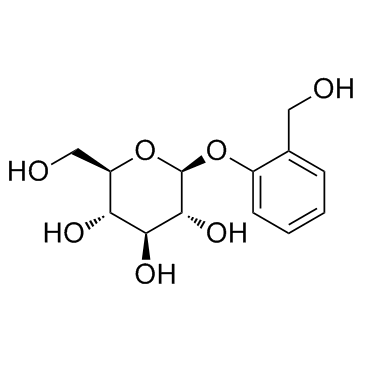
D-(-)-Salicin structure
|
Common Name | D-(-)-Salicin | ||
|---|---|---|---|---|
| CAS Number | 138-52-3 | Molecular Weight | 286.278 | |
| Density | 1.5±0.1 g/cm3 | Boiling Point | 549.1±50.0 °C at 760 mmHg | |
| Molecular Formula | C13H18O7 | Melting Point | 196-202 °C | |
| MSDS | Chinese USA | Flash Point | 285.9±30.1 °C | |
| Symbol |

GHS07 |
Signal Word | Warning | |
Use of D-(-)-SalicinSalicin is a natural COX inhibitor. |
| Name | salicin |
|---|---|
| Synonym | More Synonyms |
| Description | Salicin is a natural COX inhibitor. |
|---|---|
| Related Catalog | |
| Target |
COX |
| In Vitro | Significant down regulation of PGE2, the enzymatic product of COX2, to 76% in lysate and 70% in supernatant is observed with Salicin 10 μM treatment in COLO cells when compare to the COLO control. This is accompanied with a minimal COX1 inhibition to 91% of the CCD control on the genetic level. Treatment with Salicin 1 μM decreases colon cancer cell proliferation rates from 144% to 113% at 24 hours and 187% to 130% at 48 hours, with 10 μM decreasing proliferation rates to108% at 24 hours and 119% at 48 hours[1]. The concentrations of TNF-α, IL-1β and IL-6 of LPS-induced cells pretreated with 0.07, 0.14 and 0.28 μM Salicin are significant reduced compare with LPS group[2]. |
| In Vivo | Salicin (D(-)-Salicin) (35, 70, 140 μM) markedly inhibits the LPS-induced pathological changes. MPO activity in LPS-induced lung tissue is significantly increased compare with control group. However, Salicin (35, 70, 140 μM) markedly inhibits this change. Pretreatment with Salicin inhibits LPS-induced activation of JNK, ERK, p38/MAPK and p65 in a dose-dependent manner[2]. |
| Cell Assay | RAW264.7 mouse macrophage cell line is used in this study. RAW264.7 cells are mechanically scraped and plated at a density of 4×105 cells/mL onto 96-well plates in a 37°C, 5% CO2 incubator for 1 h. Then the cells are treated with 50 μL Salicin (D(-)-Salicin) of different concentrations (0 to 0.28 μM) for 1 h, followed by stimulation with 50 μL Lipopolysaccharide (LPS) (4 μg/mL). After 18 h, 10 μL CCK-8 is added to each well and continued to incubate for 4 h. Then, the optical density is measured at 450 nm on a microplate reader[2]. |
| Animal Admin | Mice are randomly divided into five groups, each containing three mice: Control, Lipopolysaccharide (LPS) only, LPS+Salicin (D(-)-Salicin) group is injected intraperitoneally with Salicin 35 μM, LPS+Salicin group is injected intraperitoneally with Salicin 70 μM, LPS+Salicin group is injected intraperitoneally with Salicin 140 μM. After 1 h, 10 μg LPS dissolved in 50 μL PBS is instilled intranasally to induce lung injury. Control mice are given 50 μL PBS without LPS. After 12 h LPS treatment, bronchoalveolar lavage fluid (BALF) is collected 3 times through a tracheal cannula with autoclaved PBS. Then, the tissue sample is centrifuged at 3000 rpm, for 10 min at 4°C[2]. |
| References |
[1]. Jun Yan He, et al. Salicin as a Multipurpose Therapeutic Approach for Colon Cancer. |
| Density | 1.5±0.1 g/cm3 |
|---|---|
| Boiling Point | 549.1±50.0 °C at 760 mmHg |
| Melting Point | 196-202 °C |
| Molecular Formula | C13H18O7 |
| Molecular Weight | 286.278 |
| Flash Point | 285.9±30.1 °C |
| Exact Mass | 286.105255 |
| PSA | 119.61000 |
| LogP | -1.85 |
| Vapour Pressure | 0.0±1.6 mmHg at 25°C |
| Index of Refraction | 1.638 |
| Storage condition | Store at RT. |
| Water Solubility | 36 g/L (15 ºC), 250 g/L (60 ºC) |
CHEMICAL IDENTIFICATION
HEALTH HAZARD DATAACUTE TOXICITY DATA
|
| Symbol |

GHS07 |
|---|---|
| Signal Word | Warning |
| Hazard Statements | H317 |
| Precautionary Statements | P280 |
| Personal Protective Equipment | dust mask type N95 (US);Eyeshields;Faceshields;Gloves |
| Hazard Codes | Xi:Irritant |
| Risk Phrases | R43 |
| Safety Phrases | S36/37-S37-S24/25 |
| RIDADR | NONH for all modes of transport |
| WGK Germany | 3 |
| RTECS | LZ5901700 |
| HS Code | 2932999099 |
|
~5% 
D-(-)-Salicin CAS#:138-52-3 |
| Literature: Tetrahedron Asymmetry, , vol. 21, # 16 p. 2060 - 2065 |
|
~% 
D-(-)-Salicin CAS#:138-52-3 |
| Literature: Cesko-Slovenska Farmacie, , vol. 5, p. 399 Chem.Abstr., , p. 8690 |
|
~% 
D-(-)-Salicin CAS#:138-52-3 |
| Literature: Chemical and Pharmaceutical Bulletin, , vol. 53, # 4 p. 361 - 365 |
|
~44% 
D-(-)-Salicin CAS#:138-52-3 |
| Literature: Ishikawa, Tsutomu; Nishigaya, Kaori; Takami, Kazuko; Uchikoshi, Hide; Chen, Ih-Sheng; Tsai, Ian-Lih Journal of Natural Products, 2004 , vol. 67, # 4 p. 659 - 663 |
| Precursor 6 | |
|---|---|
| DownStream 4 | |
| HS Code | 2932999099 |
|---|---|
| Summary | 2932999099. other heterocyclic compounds with oxygen hetero-atom(s) only. VAT:17.0%. Tax rebate rate:13.0%. . MFN tariff:6.5%. General tariff:20.0% |
|
Aspen defense chemicals influence midgut bacterial community composition of gypsy moth.
J. Chem. Ecol. 41(1) , 75-84, (2015) Microbial symbionts are becoming increasingly recognized as mediators of many aspects of plant - herbivore interactions. However, the influence of plant chemical defenses on gut associates of insect h... |
|
|
Development of a fast extraction method and optimization of liquid chromatography-mass spectrometry for the analysis of phenolic compounds in lentil seed coats.
J. Chromatogr. B. Analyt. Technol. Biomed. Life Sci. 969 , 149-61, (2014) A systematic set of optimization experiments was conducted to design an efficient extraction and analysis protocol for screening six different sub-classes of phenolic compounds in the seed coat of var... |
|
|
Catechol, a bioactive degradation product of salicortin, reduces TNF-α induced ICAM-1 expression in human endothelial cells.
Planta Med. 77(10) , 1024-6, (2011) The phenolic glucoside salicortin was isolated from a Willow bark extract, and its ability to reduce the TNF- α induced ICAM-1 expression (10 ng/mL, 30 min pretreatment with salicortin) was tested IN ... |
| EINECS 205-331-6 |
| Saligenin-β-δ-glucopyranoside |
| SALICOSIDE |
| (2R,3S,4S,5R,6S)-2-(Hydroxymethyl)-6-[2-(hydroxymethyl)phenoxy]tetrahydro-2H-pyran-3,4,5-triol |
| 2-(Hydroxymethyl)phenyl β-D-glucopyranoside |
| Salicyl alcohol-b-glucoside |
| 2-(Hydroxymethyl)phenyl-β-D-glucopyranoside |
| 2-(Hydroxymethyl)phenyl-beta-D-glucopyranoside |
| (2R,3S,4S,5R,6S)-2-(Hydroxyméthyl)-6-[2-(hydroxyméthyl)phénoxy]tétrahydro-2H-pyran-3,4,5-triol |
| Saligenin-β-D-glucopyranoside |
| (2R,3S,4S,5R,6S)-2-(Hydroxymethyl)-6-(2-(hydroxymethyl)phenoxy)tetrahydro-2H-pyran-3,4,5-triol |
| Saligenin-b-D-glucopyranoside |
| o-(Hydroxymethyl)phenyl β-D-glucopyranoside |
| WHITE WILLOW |
| Salix alba L. |
| D(-)-Salicin |
| 2-(Hydroxymethyl)phenyl-b-D-glucopyranoside |
| D-(−)-Salicin |
| D-(-)-Salicin |
| β-D-Glucopyranoside, 2-(hydroxymethyl)phenyl |
| a-Hydroxy-o-tolyl b-D-glucopyranoside |
| Salicin |
| Salicine |
| MFCD00006590 |
| β-D-Glucopyranoside, 2- (hydroxymethyl)phenyl |
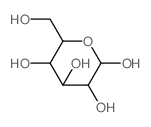
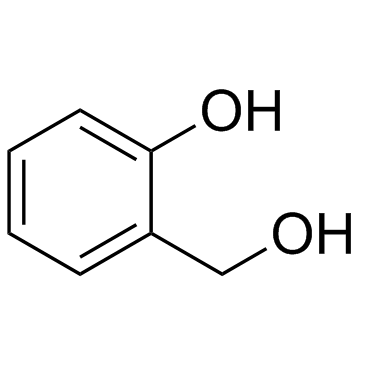
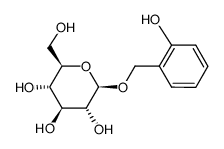
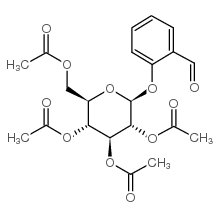
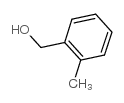


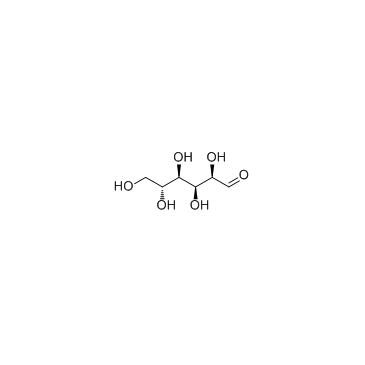 CAS#:50-99-7
CAS#:50-99-7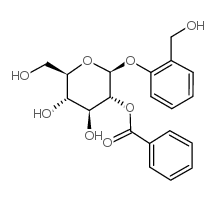 CAS#:529-66-8
CAS#:529-66-8
